(MENAFN- Art News) Artnet's 20th Century Art auction is now live, and to mark the occasion, we asked our team of specialists to discuss their top lots by trailblazing artists of the 20th century-from Kenny Scharf to Laurie Simmons. The sale is live for bidding until September 21, and you can explore these lots and so much more here .
Louise Nevelson, (1981)
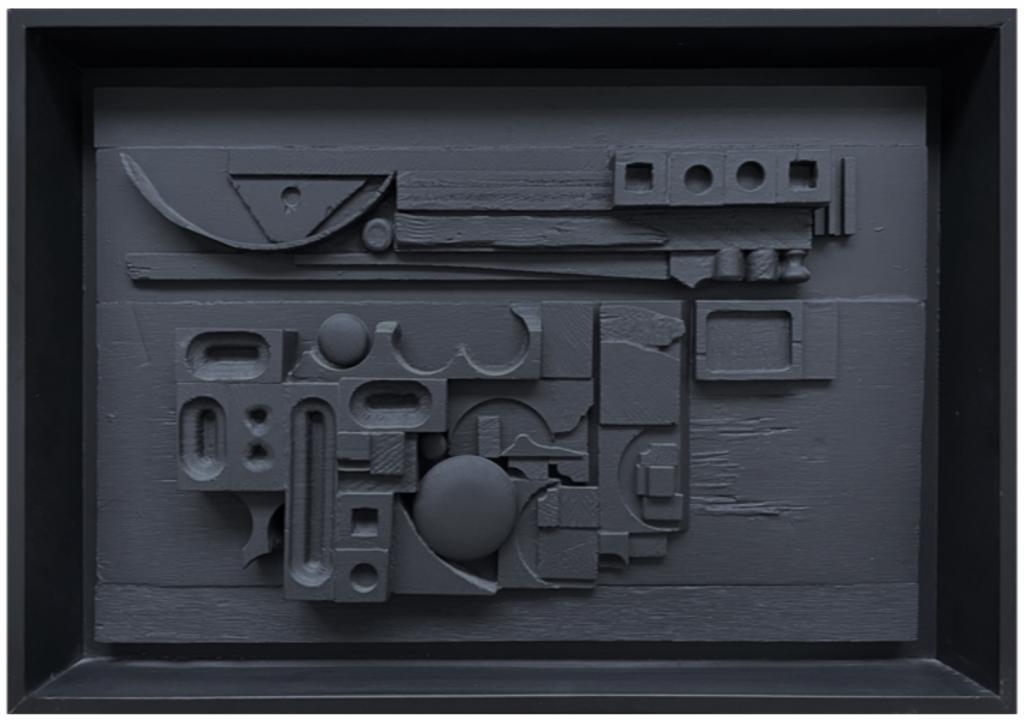
Louis Nevelson, (1981). Est. $6,000–$8,000.
“Louise Nevelson's (1981) is an outstanding example of the artist's monochrome wood collages. While many of her contemporaries were working with hard metals such as steel or aluminum, Nevelson forged her own sculptural path by creating work made from scraps of wood, oftentimes found on the streets of New York. Ranging in size from large-scale, site-specific installations to smaller multiples like, the artist's interest in transcending both object and space places her more within the realm of Abstract Expressionism rather than within a lineage of both Cubism and Constructivism. Much like the enigmatic quality of her work, Nevelson also pursued her life with just as much passion. She reveled in her success and recognition that came during the late 1950s and enjoyed the public spotlight just as much as showing her work at museums and galleries across the globe.”
Irving Penn, (1972)
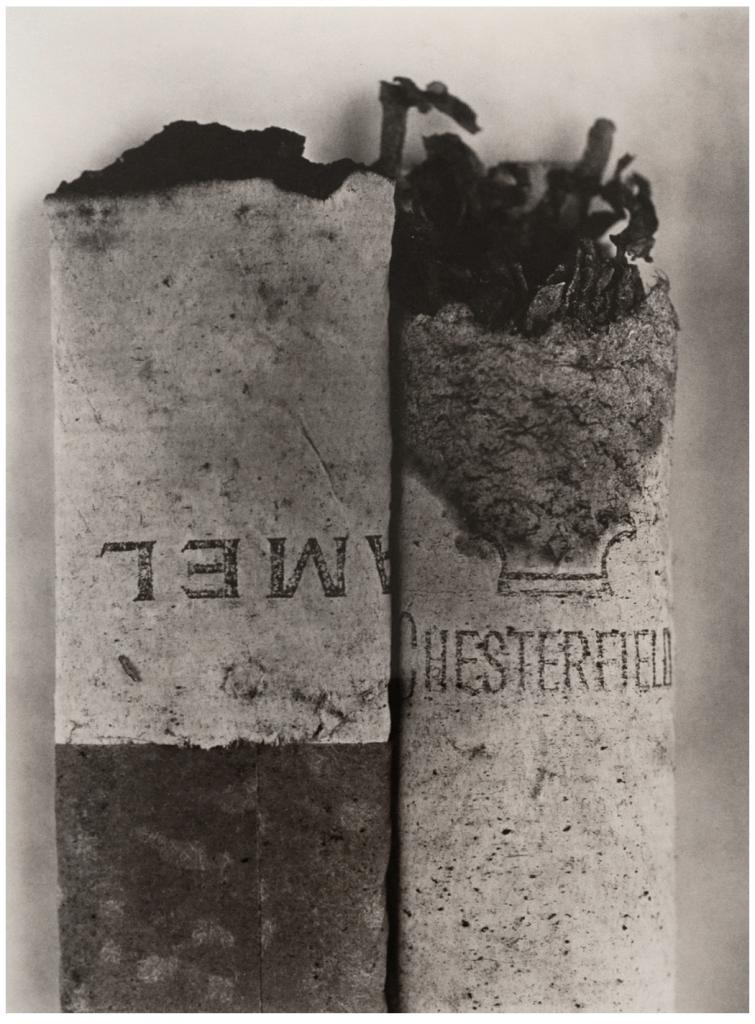
Irving Penn, , New York (1972). Est. $25,000–$35,000.
“Irving Penn is one of the most celebrated commercial and fine-art photographers of the 20th century. Within his prolific body of work, his ongoing studies of detriare praised for their compositional depth and masterful printmaking. Penn conceived the 'Cigarettes' series in the platinum palladium process, a luxuriand difficult medium, thereby elevating the cast-aside rubbish to the staof a rare object of desire, an object of beauty, an object worthy of study and further inspection. They read like a relic, a treasure of some former world.
At the same time, the influence of advertising is palpable, which makes Cigarette No. 37 one of the most sought-after from the series, with its foon the recognizable graphic name-brand. His mastery of the fashion magazine spread as a medium is highly evident. Penn first exhibited his photographs of cigarette butts at the Marlborough Gallery in New York in 1977. Penn's mentor, Alexey Brodovitch, was never without a cigarette and had died of cancer a few years prior to the creation of this work. Tactile, vivid and yet decaying, Penn's Cigarette No.27 (1972) reflect both momentary pleasure as well as misery.
Brice Marden, (from“Cold Mountain” Series) (1991)
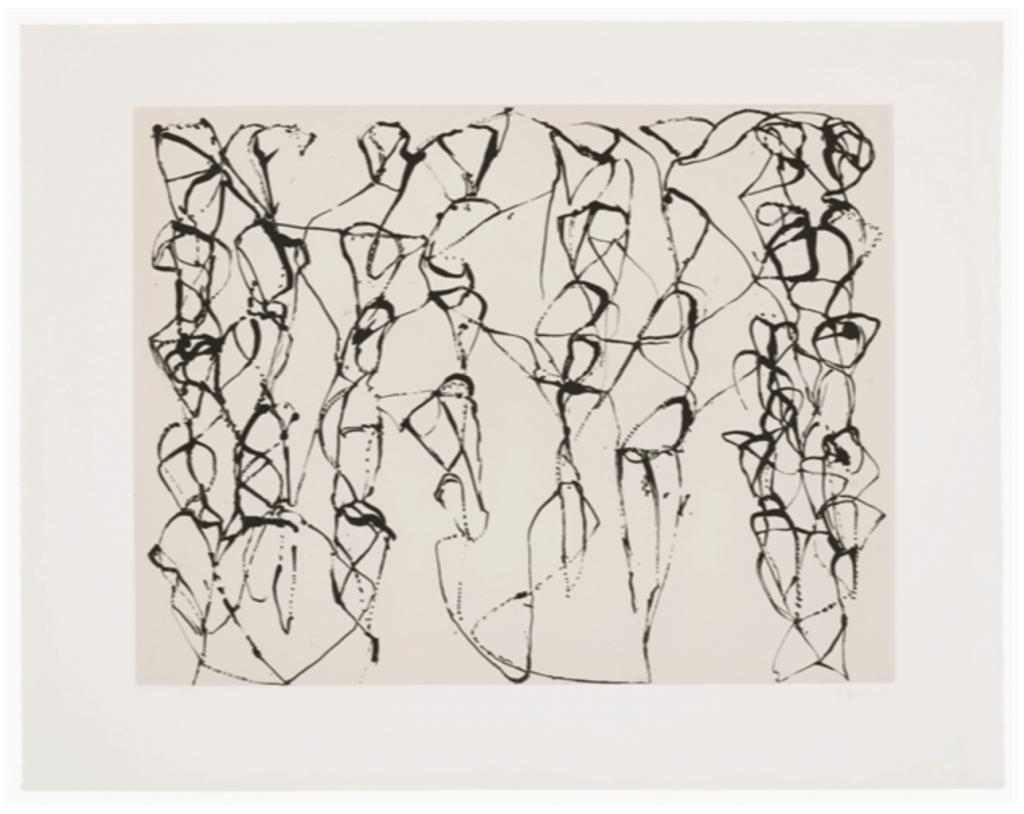
Brice Marden, (from“Cold Mountain” series) (1991). Est. $50,000–$70,000.
“Brice Marden's 'Cold Mountain' series, considered the artist's greatest achievement in printmaking, depicts his signature abstract style influenced by Eastern philosophies and literature, namely the 9th-century poet of Chinese Tang Dynasty, Han Shan (whose name directly translates to 'Cold Mountain'). The artist embarked on this 6-part series by using a long stick, which he previously employed in his calligraphic drawings, dipped in a sugar solution to work directly onto the copper plates. Through the aquatint process, Marden was able to produce striking coalescing lines filled with texture that recall the works of his Abstract Expressionist contemporaries, such as Jackson Pollock. Marden, who just recently passed away this August, created a manner of expression that blends his minimalist interpretations of light and landscape into signature abstract compositions that are unique to his work and process.”–
Stuart Davis, (1925)

Stuart Davis, (1925). Est. $120,000–$180,000.
“Stuart Davis was an iconic American modernist painter, his boldly graphic works are influenced by the late 19th and 20th century Ashcan School paintings that depict scenes of daily life in New York, and the sharp experiences of jazz. Davis was among an early group of artists, including Jackson Pollock, who painted for the Federal Art Project, under President Franklin Roosevelt's New Deal, designed to bring the United States out of the Great Depression through public works and financial reforms. Davis was exhibited in the original 1913 Armory Show but did not arrive at his signature style, a mix of cubism infused with urban and pop motifs, until the 1920s. His from 1925 is among the early examples of abstracted still lifes and landscapes that would fuel the next 40 years of his career.”
Kenny Scharf, The Sun (1997)
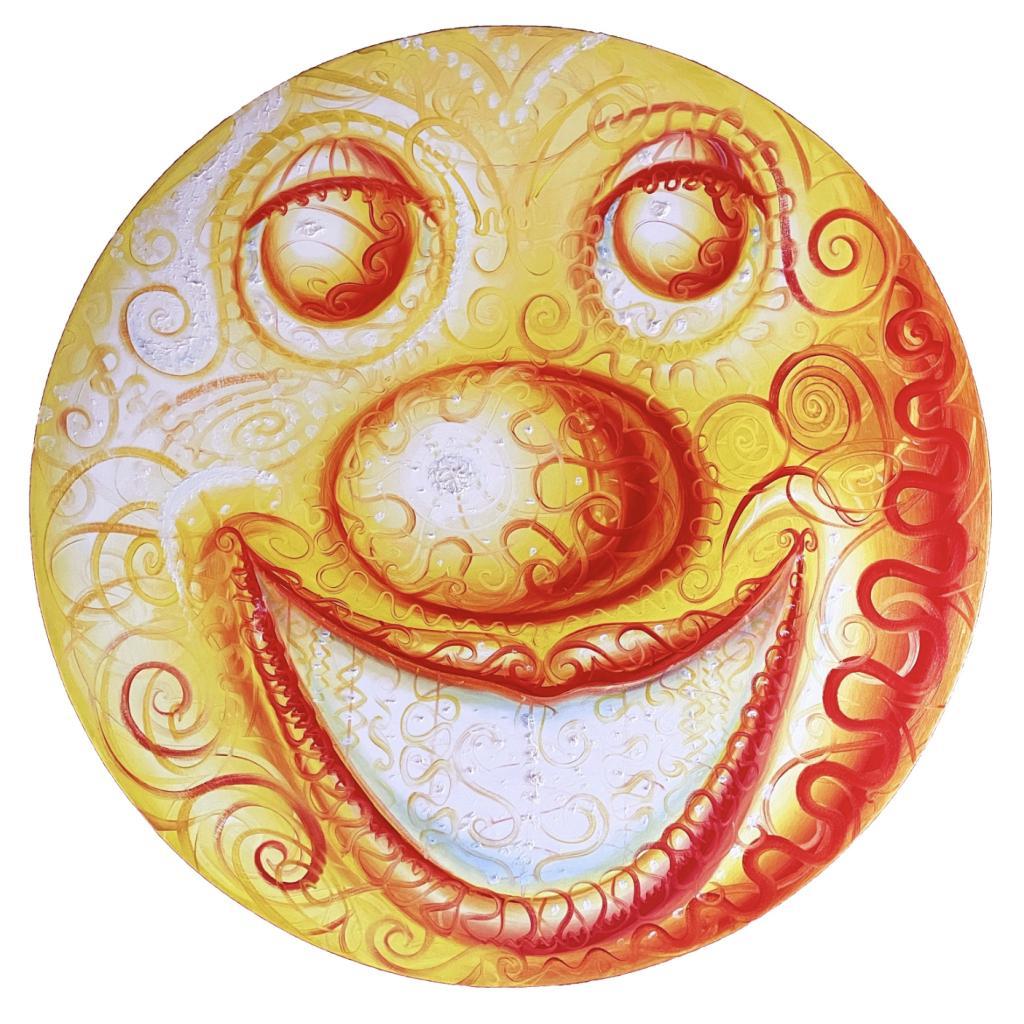
Kenny Scharf, (1997). Est. $80,000–$120,000.
“The story of the New York art world is one of schools and clusters of artists working together and often in reaction to or in rejection of prior movements. As abstraction gave way to Pop and Minimalism, these circles and stylistic groupings widened and even embraced graffiti as an art form in the last 20 years of the century. Kenny Scharf's do-it-yourself approach literally covered all surfaces, from painting to fashion, performance, and street art. Largely influenced by television and cartoons, his unique characters and landscapes welcome you to join their colorful fiction. As a younger artist, he aspired to the success of his friends, notably Jean-Michel Basquiat, Keith Haring, and Donald Baechler, all four artists were showcased by the edgy downtown gallery, Tony Shafrazi. Today Scharf's paintings and products are marketed and collected worldwide, his collaboration with brands like Dior has broken down hierarchies of fashion and painting while the artist remains working, brandishing cans of aerosol paint. His round painting (1997) is a brilliant portrait (unusually) in oil paint and a precursor to the ubiquitseries of 'Moodz' tondo paintings created over the past five years.”
Laurie Simmons, (1991)
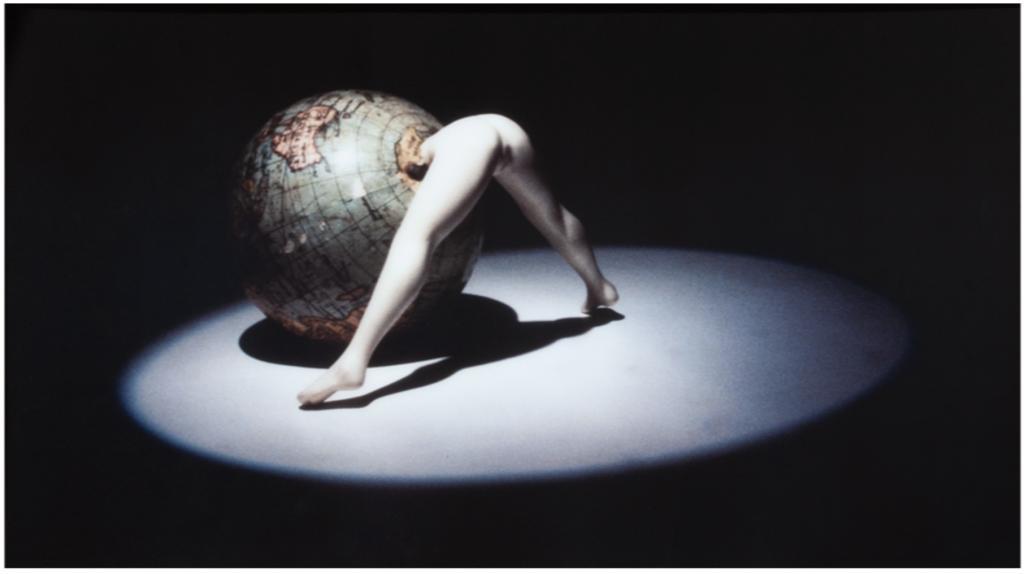
Laurie Simmons, (1991). Est. $35,000–$55,000.
“Laurie Simmons is a key member of the Pictures Generation, an influential movement of the last quarter of the 20th Century that manifested as a blend of photography, film, and performance. Using dolls to act out piquant scenarios within specially constructed environments, she has subversively commented on contemporary culture while re-creating what she called 'a sense of the 50s that I knew was both beautiful and lethal.'
Bending Globe (1991) is from one of her most lauded series-'Lying Objects.' Here, the world anthropomorphized with a pair of legs is photographed under a dramatic spotlight. This surreal figure appears to be performing center stage, presenting its slender backside to a hungry audience. As with other scenes from the series, such as doll houses for torsos, the figures appear to be gobbled up or crushed by their environments. The resulting imagery encapsulates Simmons's exploration of identity, isolation, and the relationship between females and consumerism.
The present work is especially engrossing as a large-scale, rich, glossy Cibrachrome, a popular printing technique of Simmons's and fellow contemporaries such as Louise Lawler. Her signature humanoid assemblages are well-suited to the medium, distorting any sense of scale and adding to the surreal quality of the composition.”
20th Century Art